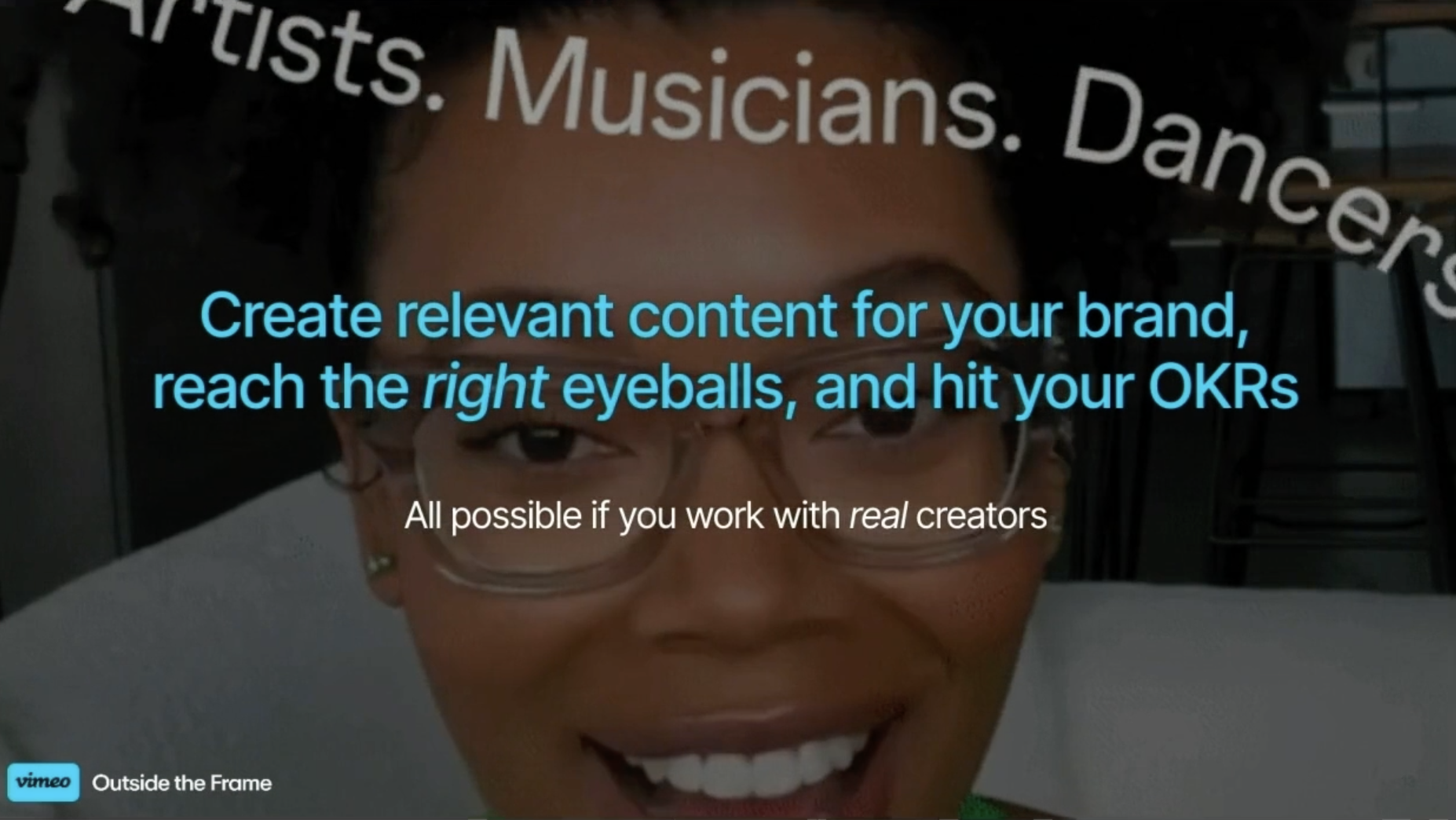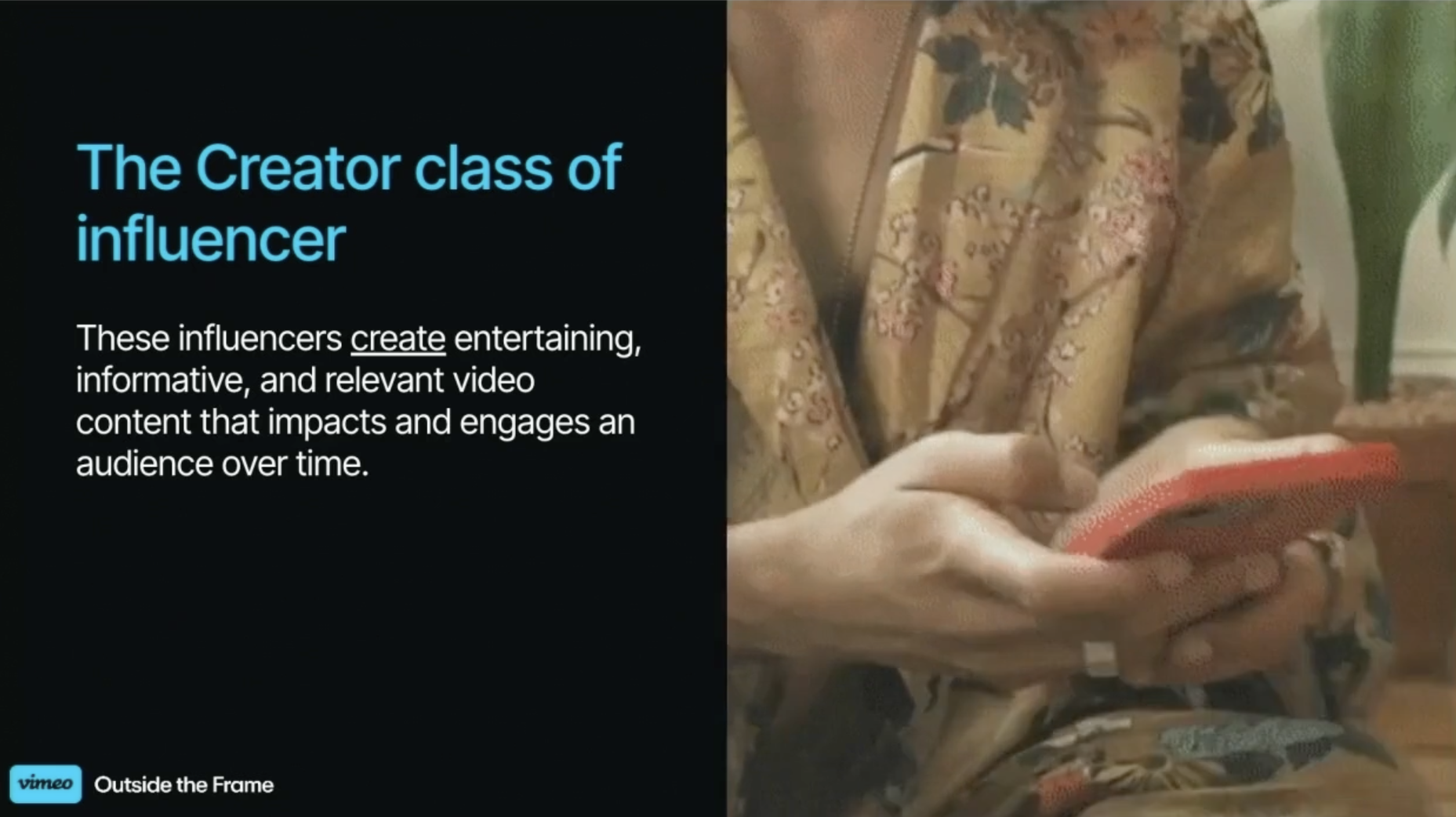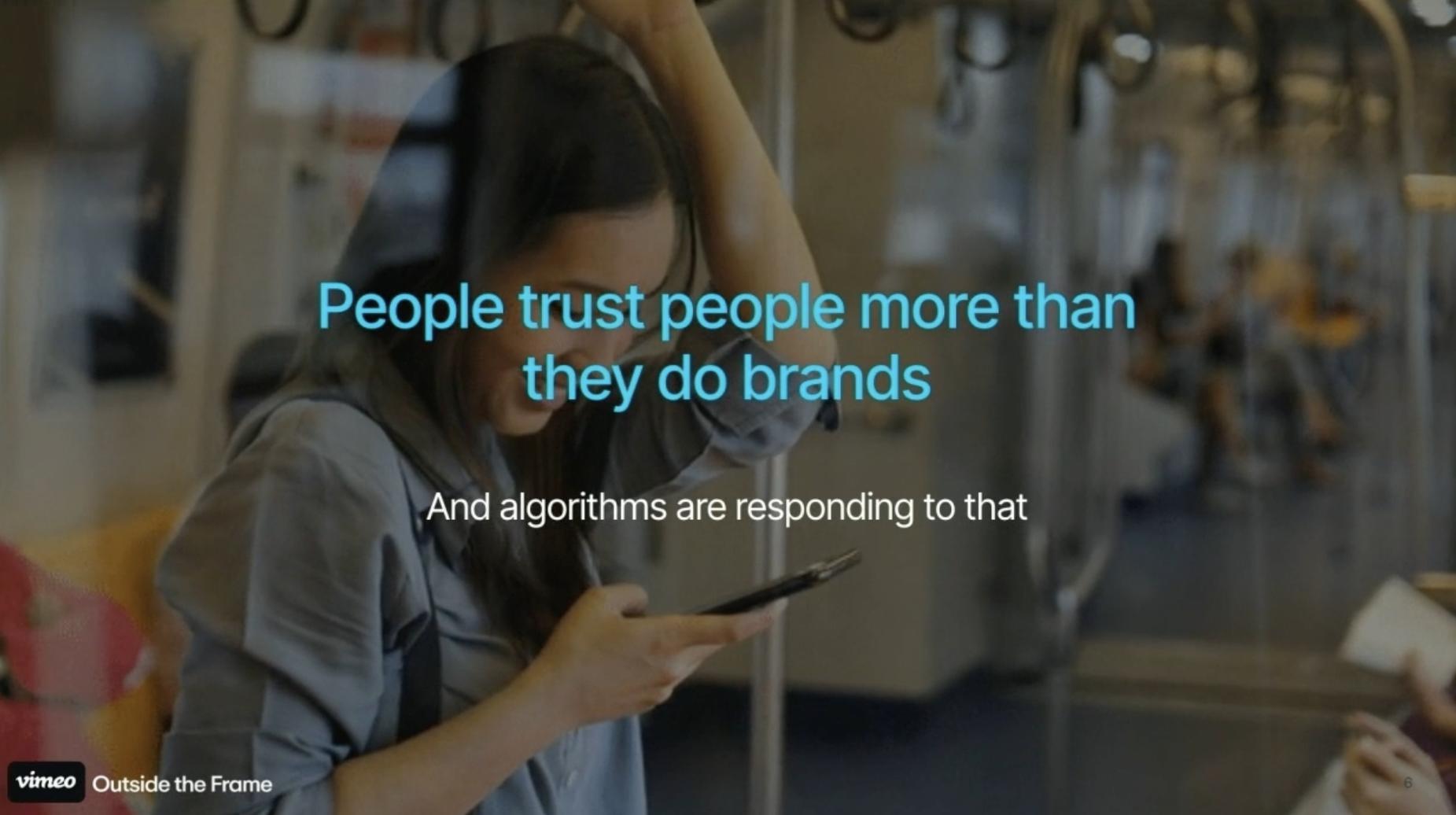TL;DR
- Gavin Guidry, creative director at Spotify, maintains there’s a “massive disconnect” between the mindset of a marketer and that of a creator and outlines what can be done to address this. Watch his full presentation above.
- By putting creators in the driver’s seat, brands can create content that is unique and relevant and that cuts through to audiences.
- The secret ingredient to all of this is community “because relevance comes through creating consistent impact.”
Brands can no longer just post content and hope that audiences on social media platforms will actually see it. They either need a massive spend, or they need to cross collaborate or pay to collaborate with a creator to actually get their content seen.
“Really what we’re seeing is a brand’s ability to impact audiences going down, while creators’ ability to impact audiences is steadily moving upwards,” says Gavin Guidry, creative director at Spotify. “That means the road to relevance must go through real people.”
In a video published on Vimeo titled “The Road to Relevant Video Content,” held as part of Vimeo’s Outside the Frame event, Guidry talks marketers through the ins and outs of a successful influencer collaboration. Guidry heads up Spotify’s podcasts, working with creators and brands to create content.
He claims there’s a “massive disconnect” between the mindset of a marketer and that of a creator.
What Creators Want to Make
A marketer cares about KPIs, ROI and brand perception, he says, but creators care about authenticity and connection to their community above all else. They don’t always know what marketers want, and marketers don’t always know what creators want.
“But when creators have a say in making content, you get content that’s authentic and connected to their community, and it can help you check your marketing boxes as well. Working with creators helps your brand actually build credibility.
“The good thing about working with creators from a fan perspective is that monetizing doesn’t feel like buying — it feels like supporting a creator that they love.”
Some 49% of consumers says they rely on influencer recommendations for their purchasing decisions.
“People trust people more than they do brands, and algorithms are responding to that. Hiring an influencer to create your video content is a winning strategy, but the collaboration can be fraught.”

Creating Impact
The secret to success is community “because relevance comes through creating consistent impact.”
Guidry insists, “It’s not about chasing cultural relevance; it’s about earning community relevance.”
He outlines three steps to create impact through community: get vulnerable; collaborate with influencers; use video.
Vulnerability is not a marketing metric, or a business tactic. It’s more of a soft skill, he explains. It’s about showing that your brand is human.
“When a brand doesn’t open themselves up, they don’t ask the community what they want, they just give them content without really asking. And that can end up exploiting a community. The goal is to ramp up your vulnerability by asking your audience, what they want.”
Guidry urges brands “to embrace risk” because getting vulnerable requires exposure to meaningful risks.

This will lead to better creator collaboration. It means going deeper than demographics to truly understand the creator’s audience.
“The term creator is really broad — they could be comedians, writers, hosts, musicians, even activists — but the thing that binds them all together is that they make content that nourishes audiences. So it’s important to know that creators have their own audience, their own style and their own motivation.”
For creators, their audience is “what they spend their blood, sweat and tears curating with their content. You don’t want to ask them to do anything that their audience will find unauthentic.”
Instead, seek to understand their audience and what you can offer them through this partnership.
Creator, Collaborator, Partner
Think about style — the way a creator talks or the way that they create for their audience. Don’t present a campaign that fits outside their style, but do seek their input on how their content comes to life through their unique lens.
Consider a creator’s motivation. Guidry says there’s a bit of a misconception with creators that it’s all about the money.

“That couldn’t be further from the truth. Creators are probably more excited than you are to work with big brands. It’s like a feather in their cap. They’re able to say, ‘Hey look audience, I’m now able to work with these brands.'”
But don’t just seek a transactional deal with creators, Guidry advises. “Seek to build a long term relationship that creators can talk about with their audiences over time. Offer a mutually beneficial partnership that results in creators raising their profile through your partnership.”
Of course, you want to make sure you find a creator with the right niche and an engaged audience. You want to make sure that creator is an authentic user of your brand or product and that they have a strong style and POV.
“You also want to make sure that they’re professional, and that they have craft that can elevate your brand.
“Lastly, use video. Over 200 million people consider themselves as creators, and this means that your audience is just a resource of creativity waiting to be unlocked. You can use video and creative partnerships to do just that. It’s the best way to engage audiences with CTAs and educate in relevant ways.
“You get video that’s raw and real and shows your brand is human. And you get to sit back and let your videos woo a built-in audience.”
He sums up: “So if you didn’t hear anything else I said today, when you prioritize community and build authentic creator relationships, you can create relevant video content.”
Watch more from Vimeo’s Outside the Frame event.
Vimeo’s Kaz Weida summarizes Guidry’s tips for finding the right content creator in a succinct list:
- Find the right niche
- Look for an engaged audience
- Focus on an authentic user
- Embrace a strong style and point of view
- Seek out professionalism
- Support someone passionate about their craft
An Artlist survey of business leaders and more than 7,000 creators to uncover the trends your business needs to know in 2024, revealed that Gen Z is at the forefront of this scrutiny, demanding even more tailored and genuine experiences.
Artlist suggest brands follow these steps to create a smooth working relationship:
1. Open and clear communication
Discuss expectations, objectives, creative freedom, timelines, and deliverables from the outset. It’s also important to have regular feedback sessions and open two-way communication throughout the process.
2. Get to know each other
The whole process and the end results will always be better if both the brand and the creator take the time to get to know each other. Share information about working styles, audience, and creative vision and see if it’s a good fit before starting the project.
3. Be fair and respectful
Creators deserve to be fairly compensated for their time and effort, and brands deserve to receive high-quality content on time. Make sure you’ve sorted out all the compensation timing and expected deliverables in a detailed brief and legal contract.
4. Build long-term relationships
Instead of viewing collaborations as one-off transactions, brands and collaborators should look at how they can continue to work together in the future. This continuity is beneficial for the brand and creator and helps the audience see a familiar face or content style.
In today’s digital world, when every brand is also now a content business, brands can’t just rely on providing a good product or service. They also need to genuinely engage their audience and that means working in the right way with the right creator.
READ MORE: How brands can play and win in the creator economy (Artlist)




